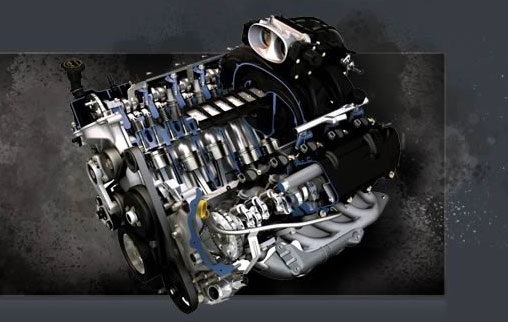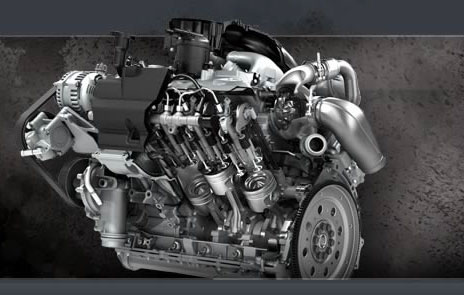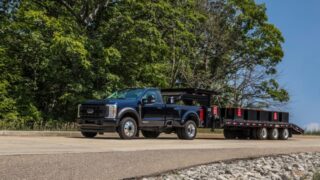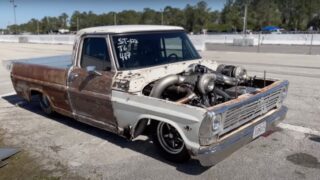Triton V10 vs Ford Power Stroke Diesel

When selecting a full size truck from Ford, there are numerous options to choose from; many potential customers find themselves comparing the Triton V10 vs. the Ford Power Stroke Diesel, or the Ford PSD, as it is more commonly known. These two engines are both capable of powering large trucks which need to complete a wide range of tasks while performing in all types of conditions. While they are both excellent choices for a large scale pickup truck, there are merits and disadvantages to each of them. Read on for a brief comparison of the two.
Pros and Cons of the Triton V10
In terms of resale value, the V10 cannot match the value of the PSD. This is because the PSD is priced higher than the V10 initially. Additionally, the PSD tends to not depreciate as much over time, meaning that you’ll be able to sell it for closer to the amount of money that you paid for it initially.
The maximum power on a V10 with a 3-valve is only 362 horses, but a supercharger can be installed to bring it much higher, upwards of 750 horsepower in some cases. While there are concerns about the longevity of the vehicle, and it’s true that it tends to not last as long as the PSD does, there are still many occasions in which a V10 will last comfortably for about 500,000 miles or more.
In comparison with a PSD, many owners of the V10 are divided over the use of spark plugs. Because there aren’t spark plugs in the PSD, you’ll never have to change them. However, many people enjoy having spark plugs in the V10 and would not like to give them up for another kind of vehicle.

Pros and Cons of the Ford PSD
Although the PSD costs more upfront than the V10 does, there are a number of benefits that you’ll receive immediately upon purchasing it. For instance, the vehicle comes standard with a greater amount of torque capability than the V10. The fuel economy of the PSD, while not close to the economy of smaller vehicles, is nonetheless more competitive and higher than that of the V10. There is also the benefit of longevity, with many PSD vehicles lasting for close to 1 million miles. There is also the benefit of not having spark plugs to change.
Many people who are environmentally conscious are concerned about the diesel fuel used by the Ford PSD. This fuel is not only more expensive but also more damaging to the environment than the standard fuel used in a V10 or another large pickup truck. However, the 6.4 liter PSD has a diesel particulate filter, a DPF, and dual EGR coolers, which trap soot and particulates from the exhaust and take away most of the black smoke that other diesel engines cough out.
Choosing the right vehicle for you depends on a number of factors, including your budget and the ways in which you intend to use the vehicle. But one things for certain, you can’t go wrong with a either of these impressive engines.




